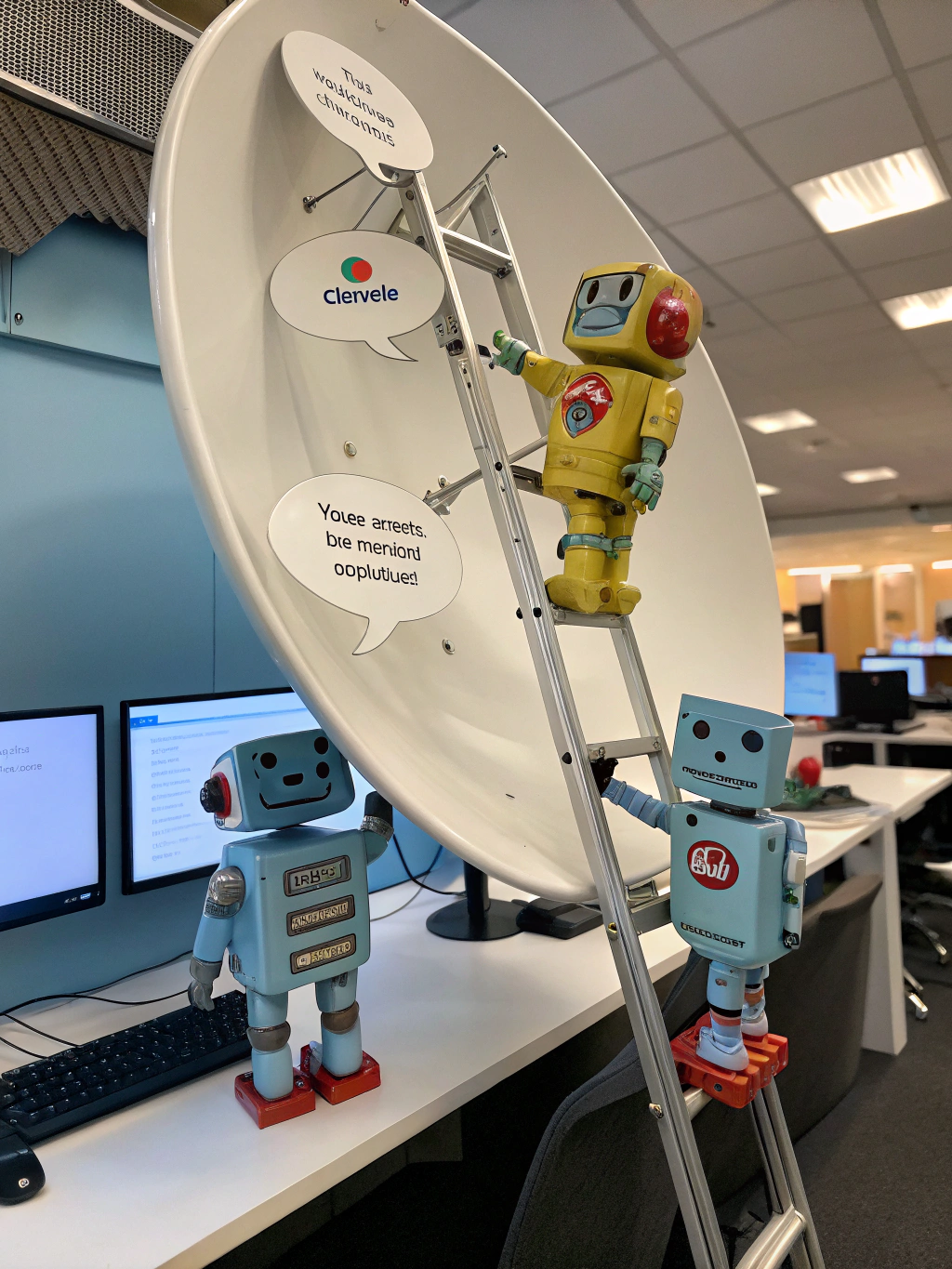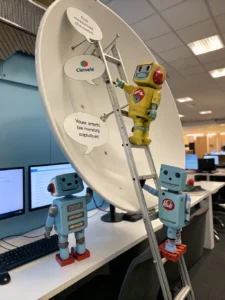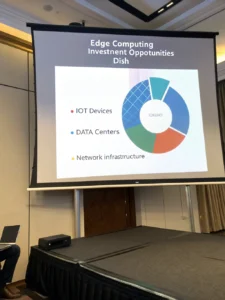AI is Transforming Modern Businesses
Introduction
Is your business positioned to thrive in the age of AI in Business? The rapid rise of Artificial Intelligence is reshaping industries—automating processes, enhancing decision-making, and unlocking unprecedented growth opportunities. According to McKinsey, AI adoption has grown by 270% in the last four years, proving its indispensable role in competitive markets.
But how exactly is AI transforming business models, and what strategies should companies adopt to harness its full potential? In this data-driven guide, we’ll explore the latest trends, real-world applications, and actionable insights to help businesses integrate AI effectively while avoiding common pitfalls.
Key Concepts & Trends

The business world is witnessing a revolutionary shift driven by AI-powered innovations. Here’s what’s leading the charge in 2024:
- Generative AI – Tools like ChatGPT and Midjourney are automating content creation, customer interactions, and design workflows.
- Predictive Analytics – Businesses use AI to forecast market trends, optimize supply chains, and personalize customer experiences.
- AI-Powered Automation – From chatbots to robotic process automation (RPA), AI is eliminating inefficiencies in operations.
For example, companies like Netflix and Amazon leverage AI for recommendation systems, increasing user engagement by 35%. Similarly, manufacturers use AI-driven quality control to reduce defects by 90%, saving millions in production costs.
Data & Market Insights
The numbers speak for themselves:
- The global AI market is projected to hit $1.8 trillion by 2030 (Statista).
- 75% of enterprises now prioritize AI adoption for operational efficiency (IBM).
- AI-driven businesses see a 33% reduction in costs while improving customer satisfaction (Deloitte).
Investment trends: Startups focusing on AI in healthcare, fintech, and cybersecurity attract the most funding, with $52 billion in AI funding in 2023 alone (CB Insights).
Businesses that ignore AI risk falling behind. Those that embrace it gain a competitive edge in automation, data analysis, and customer retention.
Smarter Strategies & Alternatives (H2)
To maximize AI’s impact, businesses should consider these strategies:
✅ Start Small, Scale Fast – Implement AI in specific areas (e.g., customer support chatbots) before full integration.
✅ Leverage No-Code AI Tools – Platforms like Zapier and H2O.ai allow non-technical teams to deploy AI solutions.
✅ Partner with AI Vendors – Instead of building in-house AI, collaborate with IBM Watson or OpenAI for scalable solutions.
✅ Balance Innovation with Security – Ensure AI systems comply with data privacy laws (GDPR, CCPA) to prevent regulatory risks.
Alternative Approach: Businesses on a tight budget can use AI-as-a-Service (AIaaS) models for cost-effective implementation.
Use Cases & Applications (H2)
AI is driving tangible business success across industries:
🔹 Retail: Walmart uses AI for demand forecasting, reducing stockouts by 30%.
🔹 Healthcare: AI-driven diagnostics improve accuracy by 40%, helping doctors detect diseases earlier.
🔹 Finance: JPMorgan Chase leverages AI to analyze legal documents, cutting manual review time by 360,000 hours yearly.
Startups vs. Enterprises:
- Startups use AI to automate marketing (e.g., Jasper AI for content generation).
- Enterprises deploy AI for large-scale data analytics and process optimization.
Common Mistakes to Avoid (H2)
⚠️ Lack of Clear Objectives – Implementing AI without defined goals leads to wasted resources.
⚠️ Ignoring Data Quality – Garbage in, garbage out—poor data inputs harm AI performance.
⚠️ Overlooking Ethical Concerns – Biased AI models can damage brand reputation.
Solution: Conduct AI audits and prioritize transparency in AI decision-making processes.
Maintenance, Security & Long-Term Planning (H2)
For sustainable AI adoption:
🔐 Cybersecurity: Deploy AI-driven threat detection (e.g., Darktrace) to prevent breaches.
📊 Scalability: Choose cloud-based AI solutions (AWS AI, Google Cloud AI) for growth flexibility.
⚖️ Regulatory Compliance: Stay updated on AI laws to avoid fines and legal challenges.
Future-Proofing Tip: Invest in continuous AI training for employees to keep pace with advancements.
Summary & Key Takeaways (H2)
- AI adoption is critical for cost reduction, efficiency, and competitive advantage.
- Generative AI and predictive analytics are leading trends in 2024.
- Startups and enterprises must balance innovation with ethical AI use.
- Avoid mistakes like poor data quality and undefined objectives.
What’s your biggest challenge in implementing AI? Let’s discuss in the comments!
FAQs (H2)
1. How can small businesses leverage AI?
Small businesses can use AI-powered CRM tools (e.g., Salesforce Einstein) to automate sales and marketing while keeping costs low.
2. Is AI adoption expensive for startups?
Not necessarily. No-code AI solutions (e.g., Bubble.io, Airtable AI) offer affordable automation options.
3. What industries benefit the most from AI?
Healthcare, finance, eCommerce, and manufacturing see the highest ROI from AI-driven solutions.
4. Can AI replace human jobs?
AI automates repetitive tasks, allowing employees to focus on strategic, creative roles—augmenting, not replacing, human potential.
5. How do I ensure AI compliance?
Work with legal teams and AI governance frameworks like OECD AI Principles to ensure ethical use.
Explore more AI-driven business strategies—subscribe for cutting-edge updates! 🚀
By combining AI’s transformative power with smart execution, businesses can unlock new levels of efficiency, innovation, and profitability. Will your business be an AI leader or fall behind? The choice is yours.
Share this content:













Post Comment